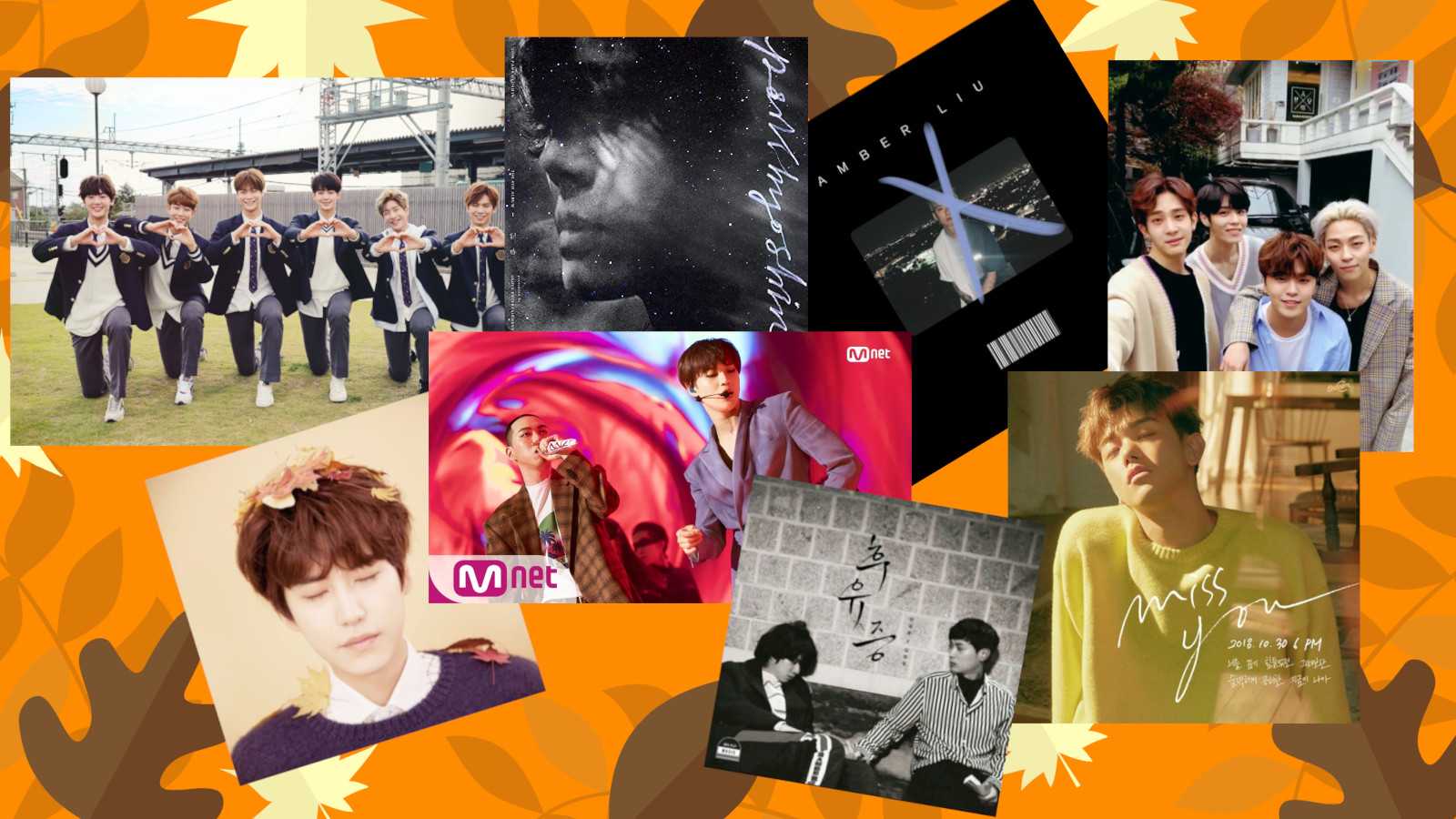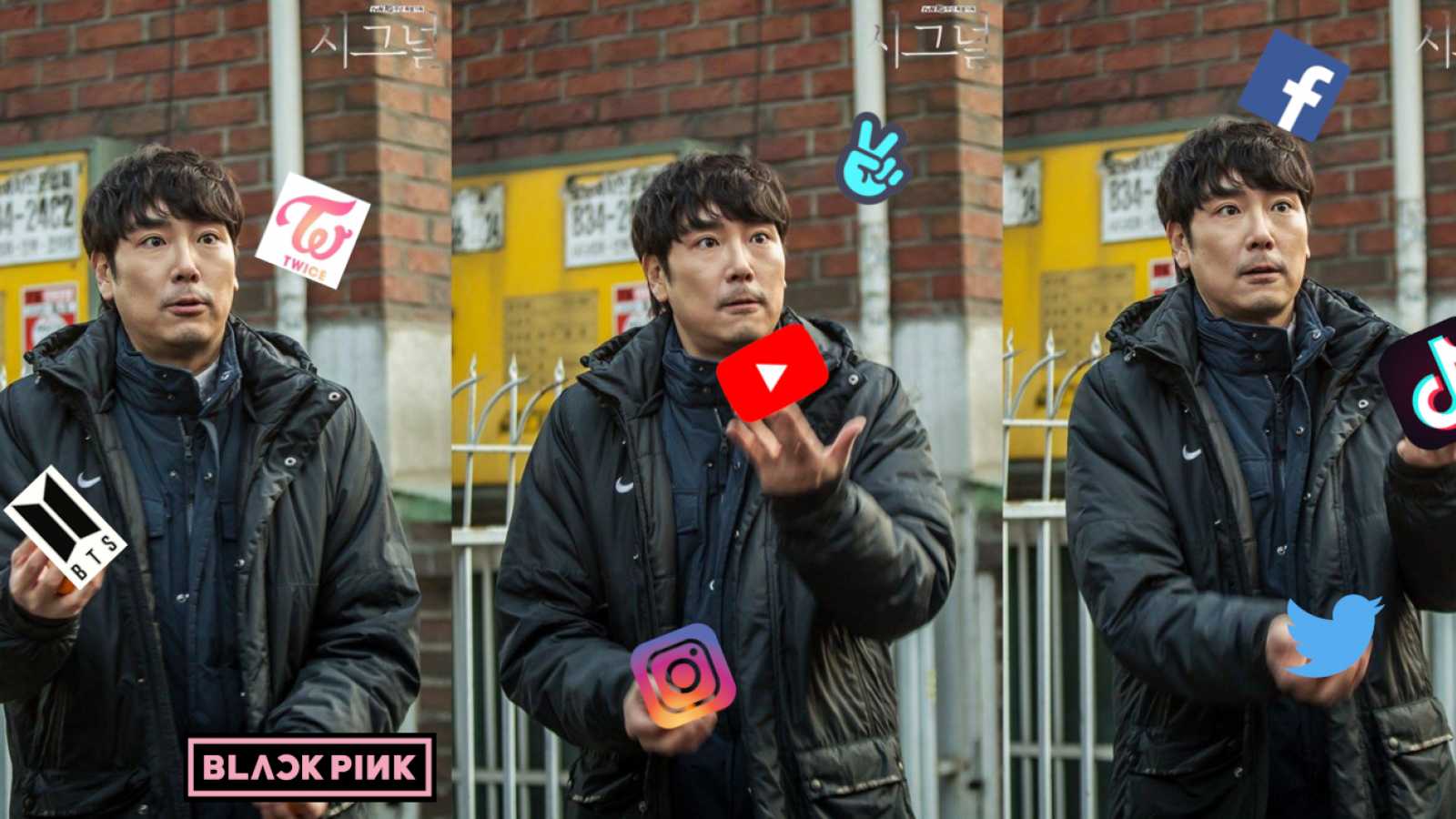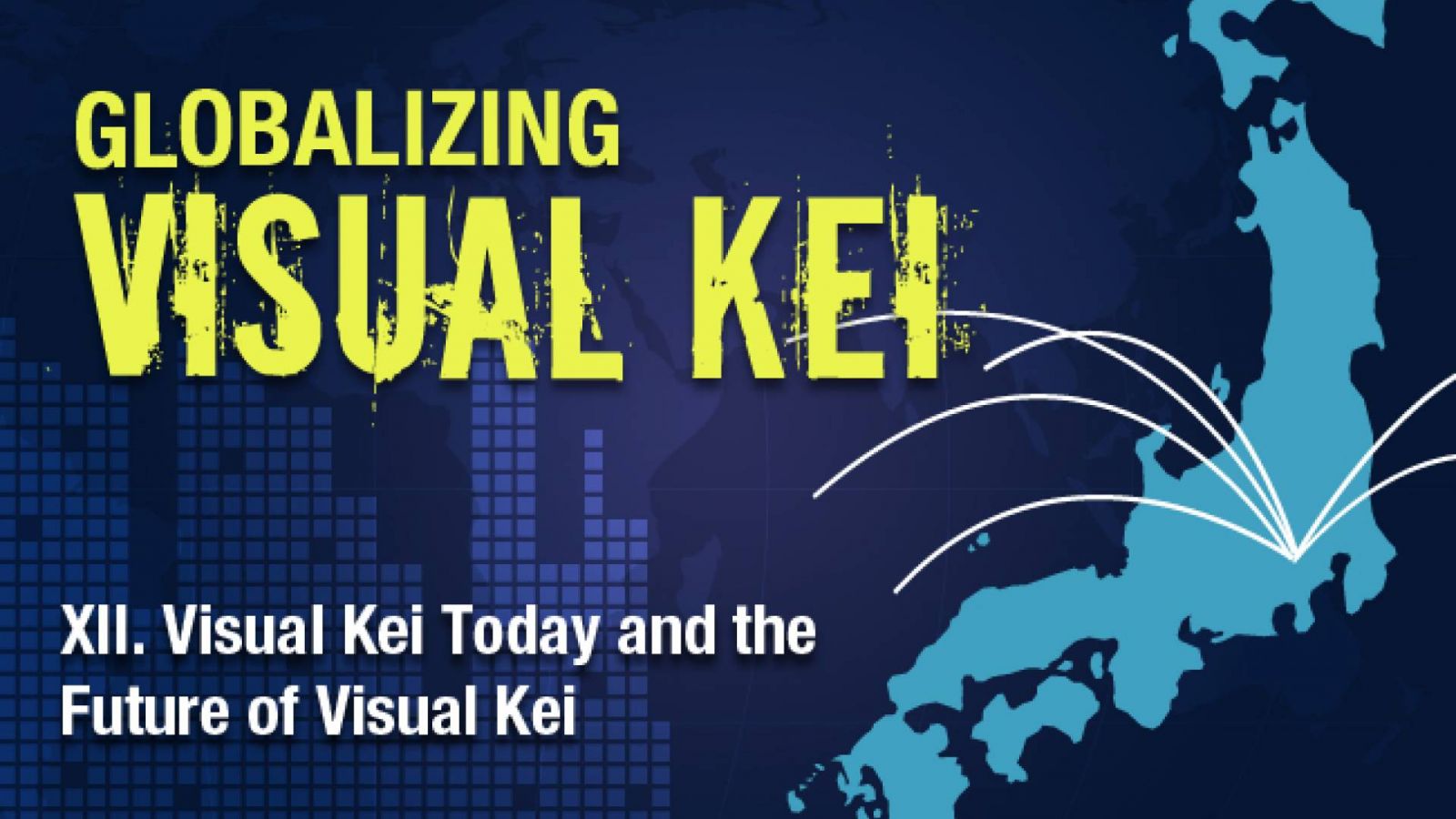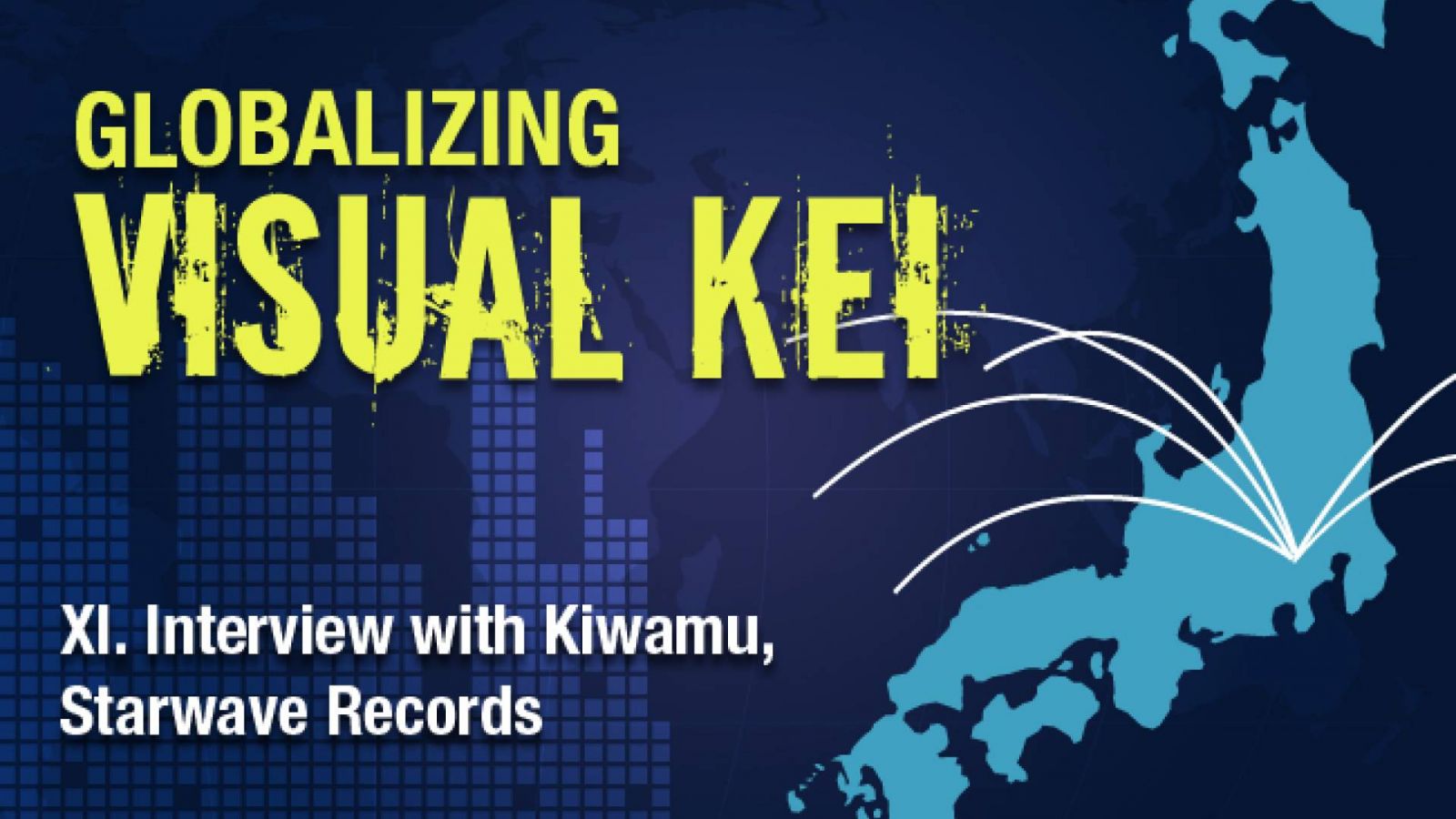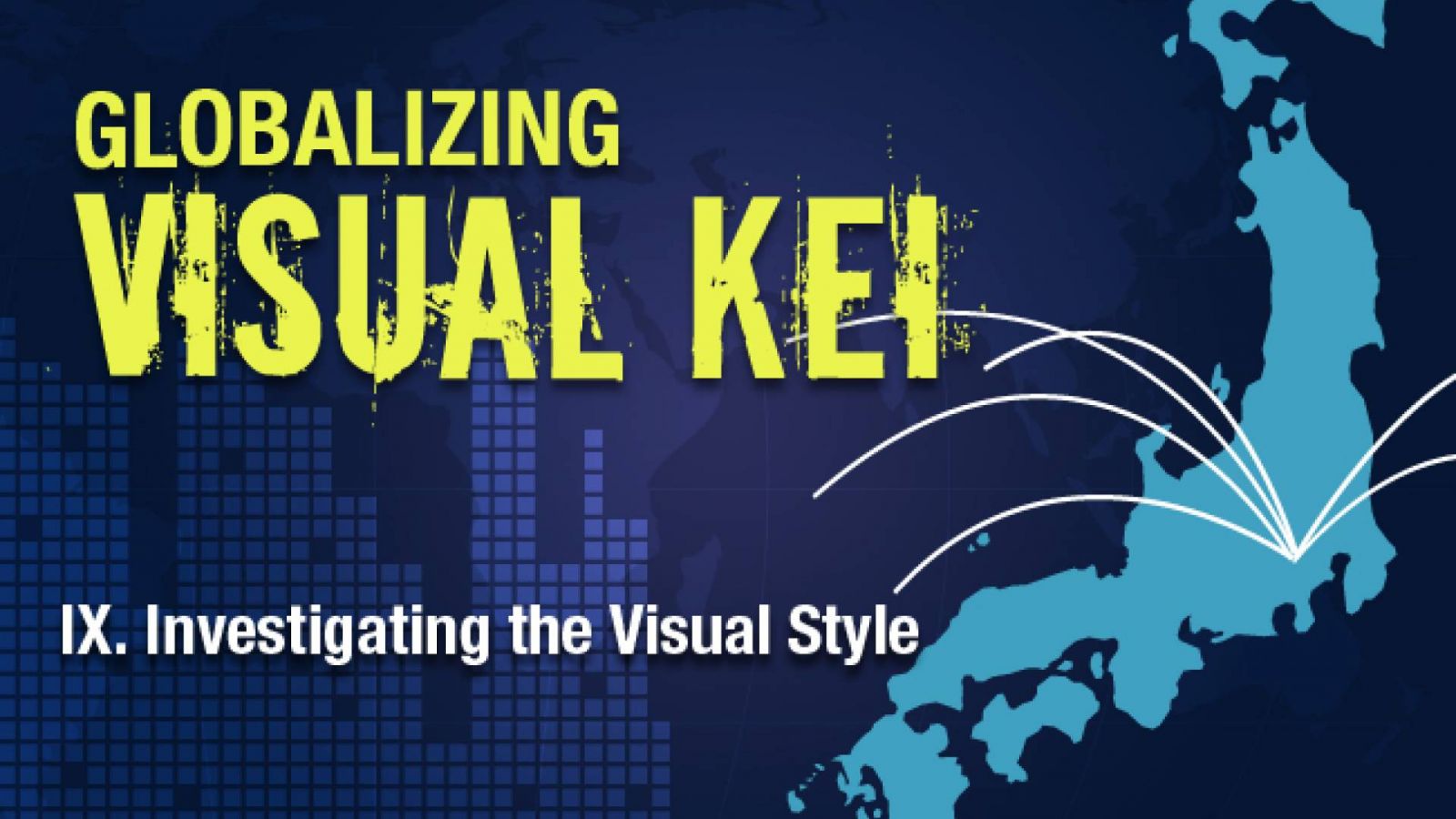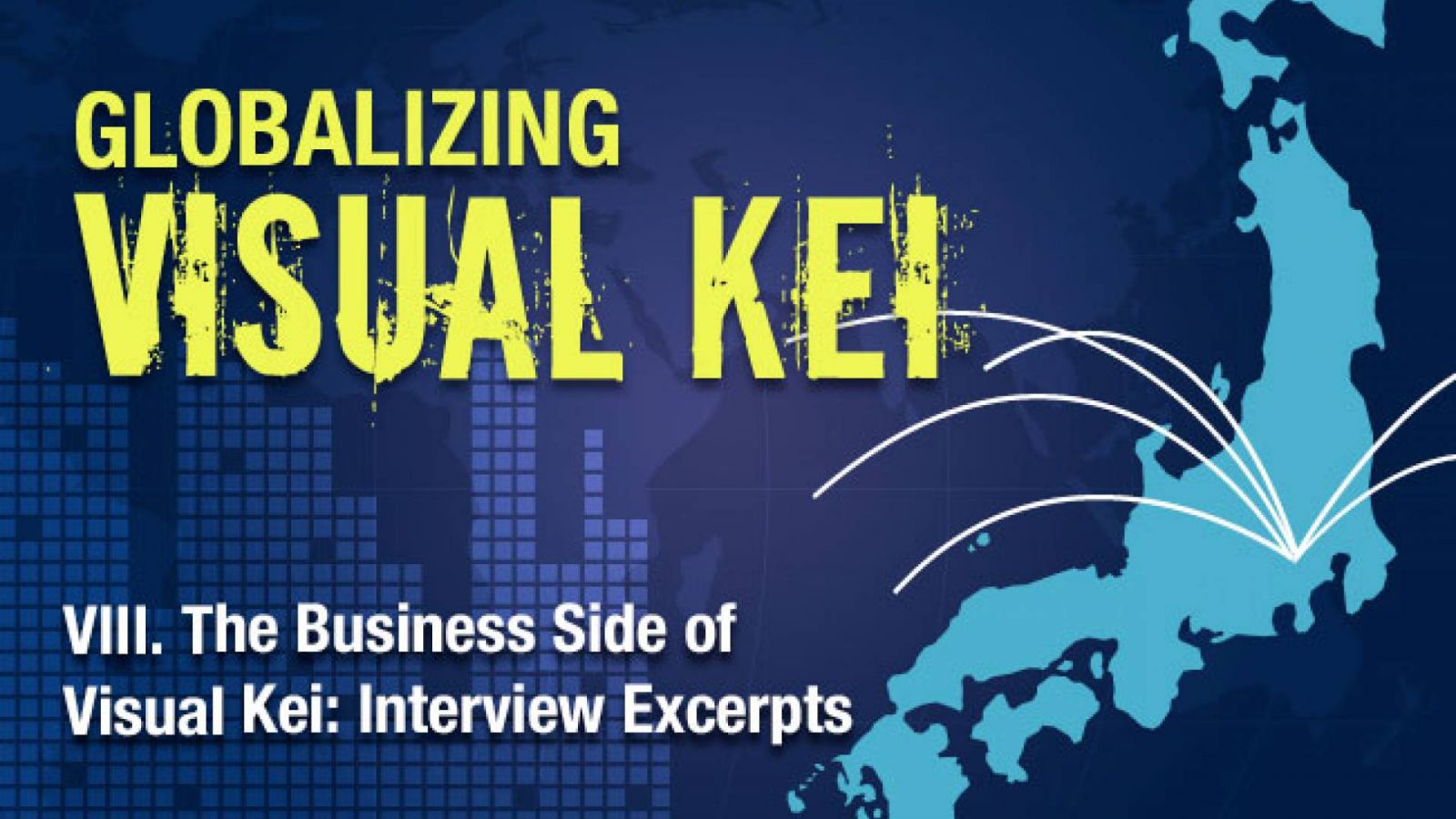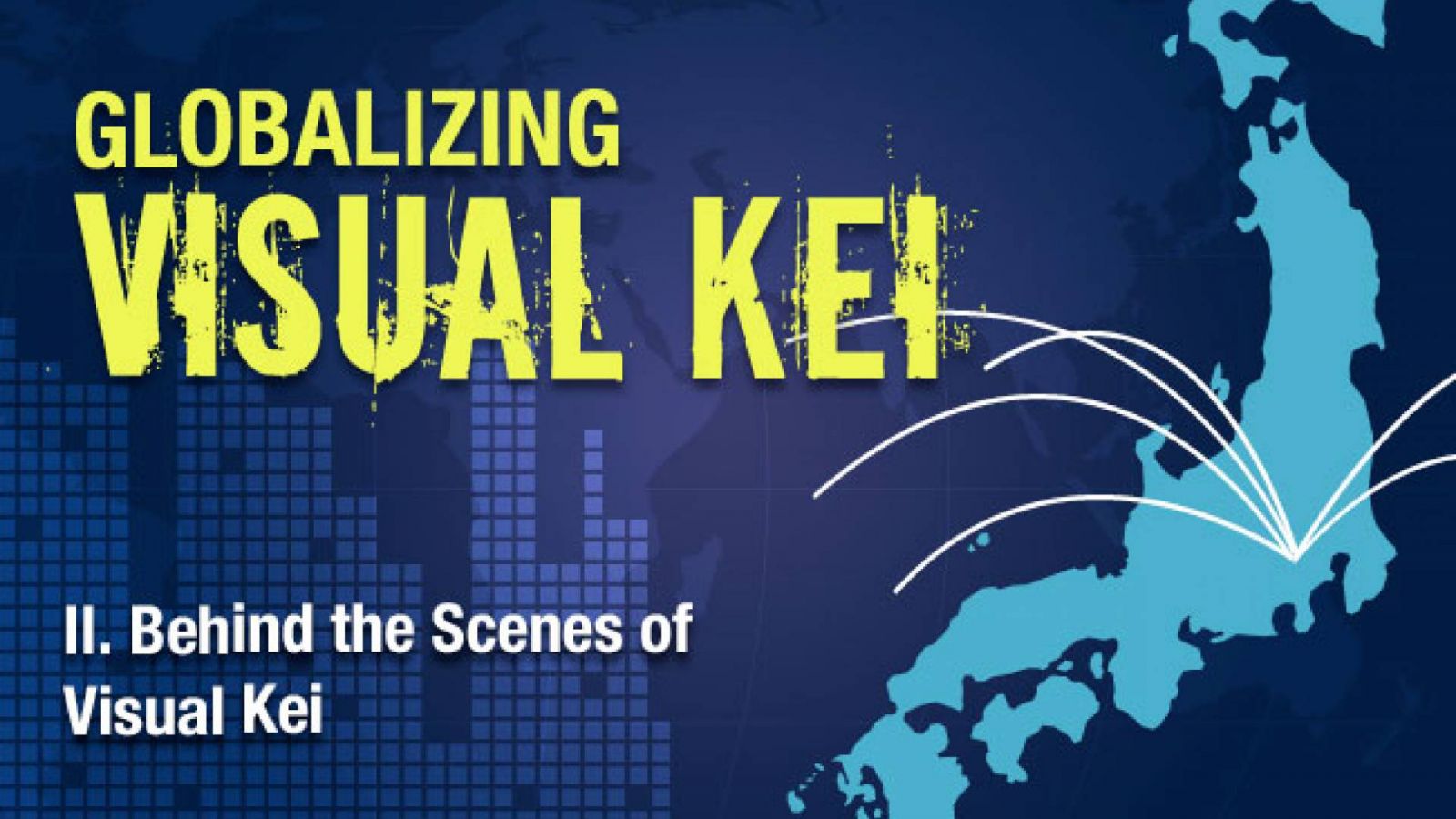The Digital Era: Marketing Accessibility Overseas
In Japan, despite its underground nature, visual kei is consistently in the public’s eye. In the past there have been billboards and commercial advertisements for upcoming releases; there are stores devoted solely to the sale of visual kei music and merchandise, and a plethora of online websites by both record labels and outside companies available for Japanese fans to purchase from. Further, due to visual kei being a niche market, it has a number of magazines marketed specifically for that audience, as well as television music channels which air visual kei videos. Despite the rise in popularity overseas, however, accessibility for the foreign based market of visual kei bears quite a different story.
While early visual kei was only available overseas by illegal download, it soon became accessible by second-hand purchase on eBay, as well as from independent fans. In 2001, just as visual kei was beginning to grow in the United States,
Cameron Scholes, a Canadian visual kei fan attempted the first English language magazine for visual kei, called “Blush.” However, his endeavor failed due to lack of following and the magazine was pulled after the first issue. It was described by
Scholes as “a magazine that was too ahead of its time to be appreciated in its time.”
1
Just a few years later, as the boom began overseas for visual kei, demand was quite the opposite, and fans used a multitude of ways to import goods: shopping services, online websites, anime conventions and eBay. Yet today, over eleven years after visual kei was noticed overseas, very little progress has been made in making visual kei available for an international market. Since that time, the United States has seen three more English language visual kei magazines, two of which are now defunct. Europe and East Asia have also seen a surge of magazines in various languages, but like the United States, many have gone under. Despite these losses, mainstream magazines worldwide still occasionally feature visual kei artists. For a multitude of fans, it is preferable to instead view free database-styled websites such as JaME with biographies, interviews, live reports, CD reviews, etc, or Tainted Reality, which previously featured a radio show and now has a video broadcast and monthly newsletters.
In recent years, most physical visual kei stores in Japan as well as independent record labels now accept online orders, but not all are international. While Closet-Child and BRAND-X ship internationally, Like An Edison and Jishuban Club still only ship domestically. Yet there are many options on the internet, such as HMV and CDJapan that also conduct international sales, and they sell music, DVDs and in some cases, tour merchandise and visual kei related clothing.
For many overseas fans however, all-online avenues for purchasing music are still viewed with apprehension, and they continue to rally for accessibility within their own country. One fan from Argentina said, “There are a lot of fans, like me, without a credit card so we can't buy albums through the internet. It's horrible not to be able to buy the albums. I feel like a thief.”
2 Inability to purchase online is not the only problem; shipping charges are another setback for countless fans. The shipping on many websites is often a set price, such as Amazon Japan, which is $17.00 per shipment for the US, and $27.00 per shipment for Europe. For many, this is an immediate turn-off.
3 Other fans must consider the high prices of using shopping services to purchase their goods from websites such as Yahoo! Japan Auctions: the bidding fees start often as low as $10 but can range as high as $70 or more, and often include additional fees, such as bank transfer and paypal fees.
4
Outside of anime related stores and conventions, physical purchasing has slowly become a possibility worldwide. Some European fans have reported the ability to purchase visual kei CDs in various stores, from the retail chains FNAC and Saturn to The Netherlands and Belgium residing chain Free Record Shop. While various Japanese and anime stores have carried some visual kei in the past, it seems that often only European editions or CDs from indies bands that have received overseas attention will be available.
Visual kei in the United States is equally difficult; while CDs of indies and major bands can be found at Book Off! and Kinokuniya, most other Japanese and anime shops have a sparse selection. Between 2007 and 2008, the American gothic store Hot Topic began to regularly carry Japanese visual kei magazines, CDs and T-shirts.
5 However, between the severe price markup with magazines and the limitations on variety of music, most of these items soon disappeared from the retail chain. The Hot Topic marketing was met both positively and with criticism by fans. Some felt that marketing in stores was making visual kei “too mainstream,” while others were happy to live in “small town America” and be able to purchase their favorite band’s music at a nearby mall.
In response to the music availability questions on the Visual Kei Globalization Survey, two American fans had their own opinions. “Fans need to stop complaining that the merchandise is too expensive or that they can’t import it and then, when it becomes available in a place like Hot Topic, complain that it’s at Hot Topic and people who aren't ‘true’ fans are going to have the merchandise. It can’t work both ways. Merchandise cannot be both easy to obtain and not mainstream.”
6 Another fan from the mid-west had similar ideas, saying, “If fans were more open to letting their music grow, globalization would be more prominent. The fans are the ones that hold their artists back, and it's sad.”
7
This fan concept of “true” fans, meaning those existing within the scene now, and “fake” fans, those in the general population which may show interest in visual kei but not actively pursue it, is an issue which has sparked endless debates about the promotion of visual kei among overseas fans. You can read about this in more detail in part X, “The Visual Kei Fan Scene.”
When the JaME Survey was conducted in March 2011, fans from all versions continued to mirror the same request: They wanted accessibility, preferably in their own country and at a reasonable price, so that they could compensate the band directly and not purchase second hand. Others wanted more than just CDs and DVDs – some fans hoped that band merchandise and fan clubs would also open up to foreign fans. For many fans it isn’t always about the quantity spent, but the desire to support the artists.
One fan from the East Coast stated, “I just wish there was an easier way to buy things like tour goods directly from the artists. I buy a lot of stuff off auction, using a shopping service, so I'm spending a lot of money, and it's not helping to support the bands.”
8
With the limitations on accessibility, the visual kei scene has seen a rise in illegal downloading since its inception, and it has only continued to increase, with 92% of fans admitting they download on a monthly basis. 64% of them further stated they also do not download legally, even if there are legal options, such as digital mp3 marketplaces like iTunes, Hear Japan, etc.
9 While we can attribute some of these fans to those who cannot purchase online, this does not speak for them all; illegal downloading occurs in every entertainment field every day. There has been many companies and organizations speaking out against illegal downloading, including the International Federation of the Phonographic Industry (“IFPI”), which conducted studies to prove illegal downloading was hurting music sales. Based on a 2002 study on consumer behavior and the impact of downloading and burning on sales in five countries, it was found that while some countries saw a rise in music purchased, these numbers were still far overshadowed by consumers who purchased less less music because it was available illegally.
10
Nathan Reaven, owner of HearJapan, a website geared to sell Japanese mp3s wrote an open letter to visual kei fans in which he explained that the illegal downloading of visual kei was killing its opportunities to thrive in the mainstream music world for a variety of reasons.
11 Reaven detailed an experiment he conducted with
XodiacK, releasing an exclusive HearJapan-only visual kei album. After releasing the band’s first single for free, the band jumped in popularity and the website saw over 500 downloads. It was soon after decided
XodiacK would debut on the website with their album in a digital format, anticipating high download traffic. The day the CD went up for sale, the website made just over ten total sales, and within 24 hours, the mp3 had gone viral and was being visibly distributed among many more people than had initially purchased it.
12
While this is not an occurrence which is seen only in visual kei, it hammers home several key issues. First, illegal downloads do not profit anyone except the fans, as the band makes no money off these lost sales, they instead lose the money invested into the recording process. Secondly, when the fans are only circulating among other existing fans, the band is not gaining new recognition. This circulation is often cited by fans as an argument why illegal downloading should be promoted, but the process only works if fans share among the mainstream music listeners or fans not within the existing scene, and in most cases, they do not, for varying reasons. One Australian fan admitted, “I am one of the fans who wants [the scene] to remain 'secret' and is worried about this scene becoming a mainstream phase that quickly goes in and out of fashion for teenagers in other countries.”
13 This type of behavior, both the secrecy and the illegal distribution, hurts everyone: the bands, the fans, and the scene itself. Without fans and revenue, there is no visual kei.
Summary
If more opportunities for accessibility were explored overseas without outrageous price markups, it is likely that visual kei fans would decrease in illegal downloading and the goal of general accessibility would be attainable. It is not that fans are not buying: 53% of fans indicated that they purchase over $25, with some fans spending upwards of $200 every three months.
14 Not only would this accessibility strengthen music related consumerism relations in multiple countries, but it would help to promote a fandom which has the potential to grow, but needs the assistance to further its endeavors.
Join us next week as we interview
Kiwamu, guitarist of
BLOOD and the owner of record label Starwave Records, for his opinions on visual kei, the industry, and the scene as it exists today.
Want to Check Out A Store Mentioned in This Article?
Help Support The Artists!
Amazon Japan
Book Off France
Book Off US
“Brand-X” CDJapan
Closet Child
FNAC
Free Record Shop
JapanFiles.com
HearJapan
HMV
Kinokuniya
Jishuban Club
Like an Edison
Saturn
_______________________________________________________________
[1] Cameron Scholes, e-mail interview to author, February March 31, 2011
[2,6,7,8,9,13,14] “Globalizing Visual Kei Survey”, last modified March 11, 2011.
[3]
"Shipping Rates and Delivery Information", Amazon.co.jp, 2011.
[4]"Rinkya Japan Duty Bidding Service Fees", 2011; "Mukunoki Service Category & Fee", 2011.
[5]"Visual Kei @ Hot Topic", 2011.
[10] See Appendix 8; “Online Music Report 2004”, IFPI, last modified 2004, accessed March 1, 2011
[11,12] Nathan Reaven “A Message to Visual Kei Fans.” Last modified 2009, accessed February 10, 2011

